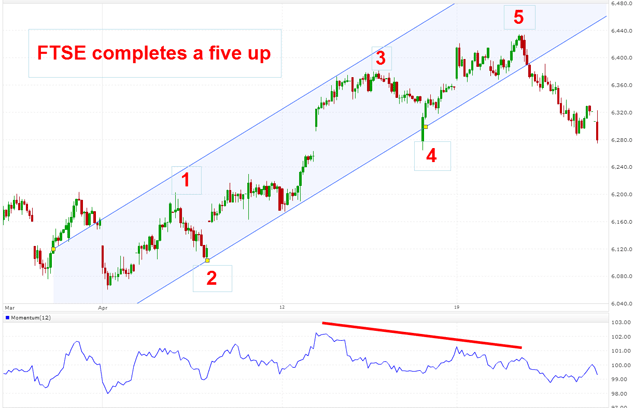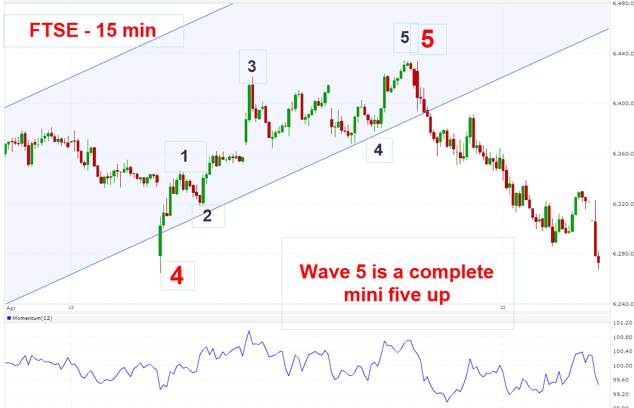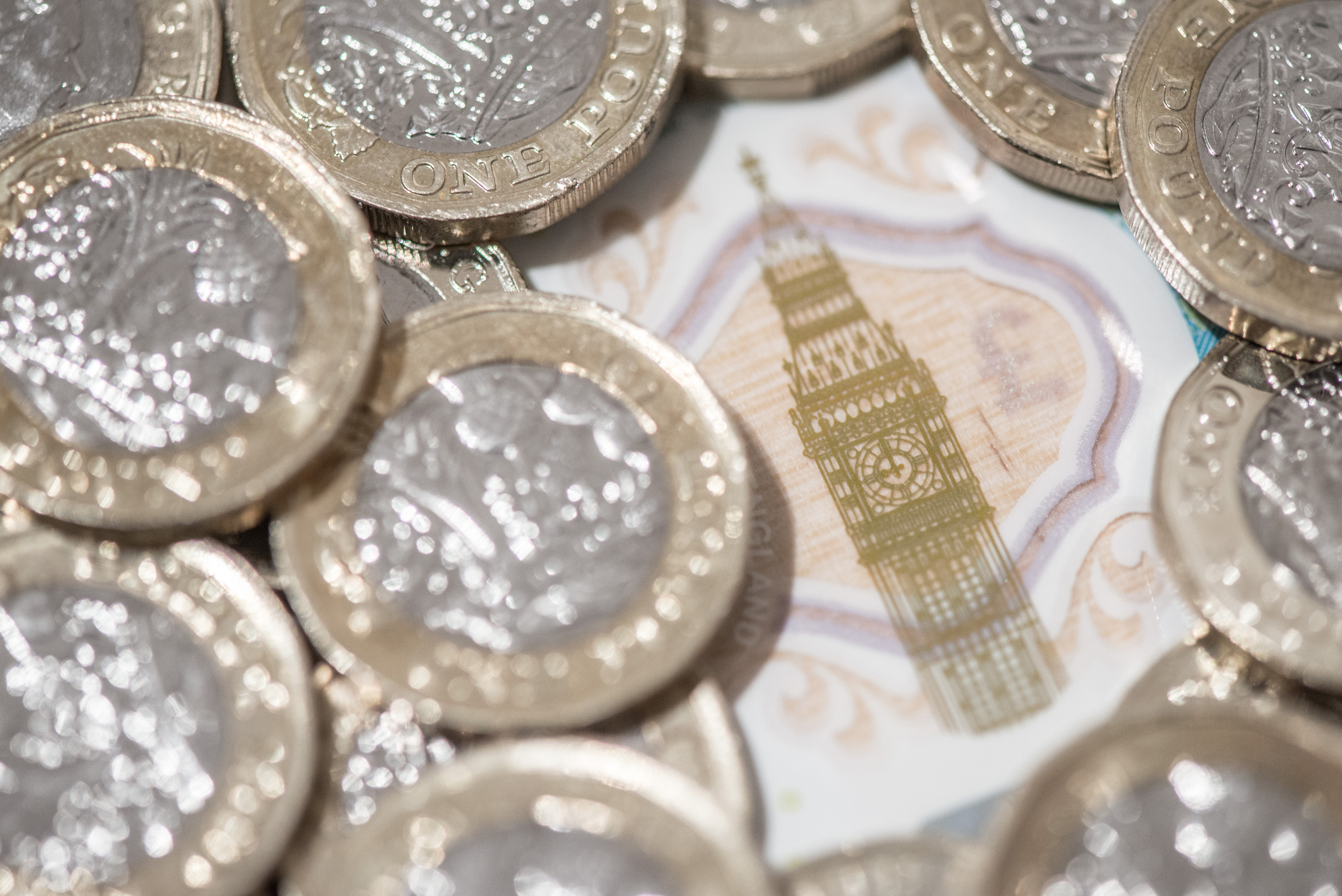What sort of trader are you?
When spread betting, you’re not trading against others so much as against your own habits and tendencies, says John C Burford. The best traders are those who know themselves.
This week, I thought I would cover some important aspects of trading that perhaps I have not covered as extensively as my analysis of current market situations using my tramline trading method.
Of course, we are not trading against other traders so much as against our negative habits and tendencies. I can give two traders my tramline method and money management rules and guarantee that after a few months, one will outperform the other.
Maybe Trader A follows my rules with discipline, restricts him or herself to only a few major markets, such as the Dow (or FTSE, EUR/USD and USD/JPY, and gold) and wait for the best opportunities. That trader would get intimate with the nature of these markets and learn how they behave.
Subscribe to MoneyWeek
Subscribe to MoneyWeek today and get your first six magazine issues absolutely FREE

Sign up to Money Morning
Don't miss the latest investment and personal finances news, market analysis, plus money-saving tips with our free twice-daily newsletter
Don't miss the latest investment and personal finances news, market analysis, plus money-saving tips with our free twice-daily newsletter
And maybe Trader B is a person who has to have a "story" to believe in. There are many pundits around who write such stories and make up a very plausible rationale as to why a market "should" do this or that. And when enough people gravitate to this point of view, you have a herd. That is when sentiment either bullish or bearish becomes extreme.
I have shown over the past few years how herds behave when they become large. I have used the passengers on a ship simile where the boat can capsize when too many move to one side of it.
Trader B may be one of this herd and fail to use a 3% stop because they know better than the market. That is often the result of "marrying" a view. Trader B becomes so enamoured of their view that they fail to see the inevitable market turn, which is often violent.
And if Trader B is particularly stubborn, they will either work with no stop at all or move it much farther away (to "give it room"). It only takes one huge error to wipe out an account, so don't do it.
Many spread betters come to trading from the world of equity investing. The two activities are completely different. Investors often hold onto shares for years and can afford to sit through quite large setbacks.
Spread betting is a leveraged product and you just cannot sit through a similar setback because you are using margin (borrowed money). Taking an investment approach can easily wipe out a spread betting account. That means your entries and exits must be much more accurate and that is the reason I devised my tramline method in conjunction with a simple and effective set of money management rules.
Of course, all of this is in the realm of personal psychology. And it is true that the best traders are those who know themselves to some extent.
What sort of person are you? Do you go to pieces when the market moves against you? Then you must set a close stop loss on every trade. If you do that, you will know that a move to your stop is the worst that can happen, which settles the mind.
Or do you get really frantically excited when the market goes in your direction? If so, you may be tempted to pile in right near a reversal, which could wipe out a large chunk of your account.
No, the path to being a good trader is never a straight one. But if you are going to make a mistake, then make it a small one.
Finally, here is my take on the FTSE this morning. It appears I have found a major high

I have a lovely tramline pair with a complete five up and a large momentum divergence. This is always my best setup for a high-probability reversal.
To add to the mounting evidence, here is a 15-minute close-up of wave 5:

Red wave 5 also contains its own mini five up. With the lower tramline break, I have an ideal trade signal.
When I captured the above chart, the decline is in five waves, and that indicated a rally probably lies ahead. But if not, the decline should pick up speed.
Get the latest financial news, insights and expert analysis from our award-winning MoneyWeek team, to help you understand what really matters when it comes to your finances.
John is is a British-born lapsed PhD physicist, who previously worked for Nasa on the Mars exploration team. He is a former commodity trading advisor with the US Commodities Futures Trading Commission, and worked in a boutique futures house in California in the 1980s.
He was a partner in one of the first futures newsletter advisory services, based in Washington DC, specialising in pork bellies and currencies. John is primarily a chart-reading trader, having cut his trading teeth in the days before PCs.
As well as his work in the financial world, he has launched, run and sold several 'real' businesses producing 'real' products.
-
 Average earnings by region – how does your income compare?
Average earnings by region – how does your income compare?There are significant regional differences when it comes to how much the average worker earns. We explore the data and reveal where in the UK average earnings are highest.
-
 St James’s Place confirms new fees – what it means for customers
St James’s Place confirms new fees – what it means for customersThe UK’s largest wealth manager is replacing its “opaque” and “complex” pricing structure. We explain the new charges, and when they will kick in